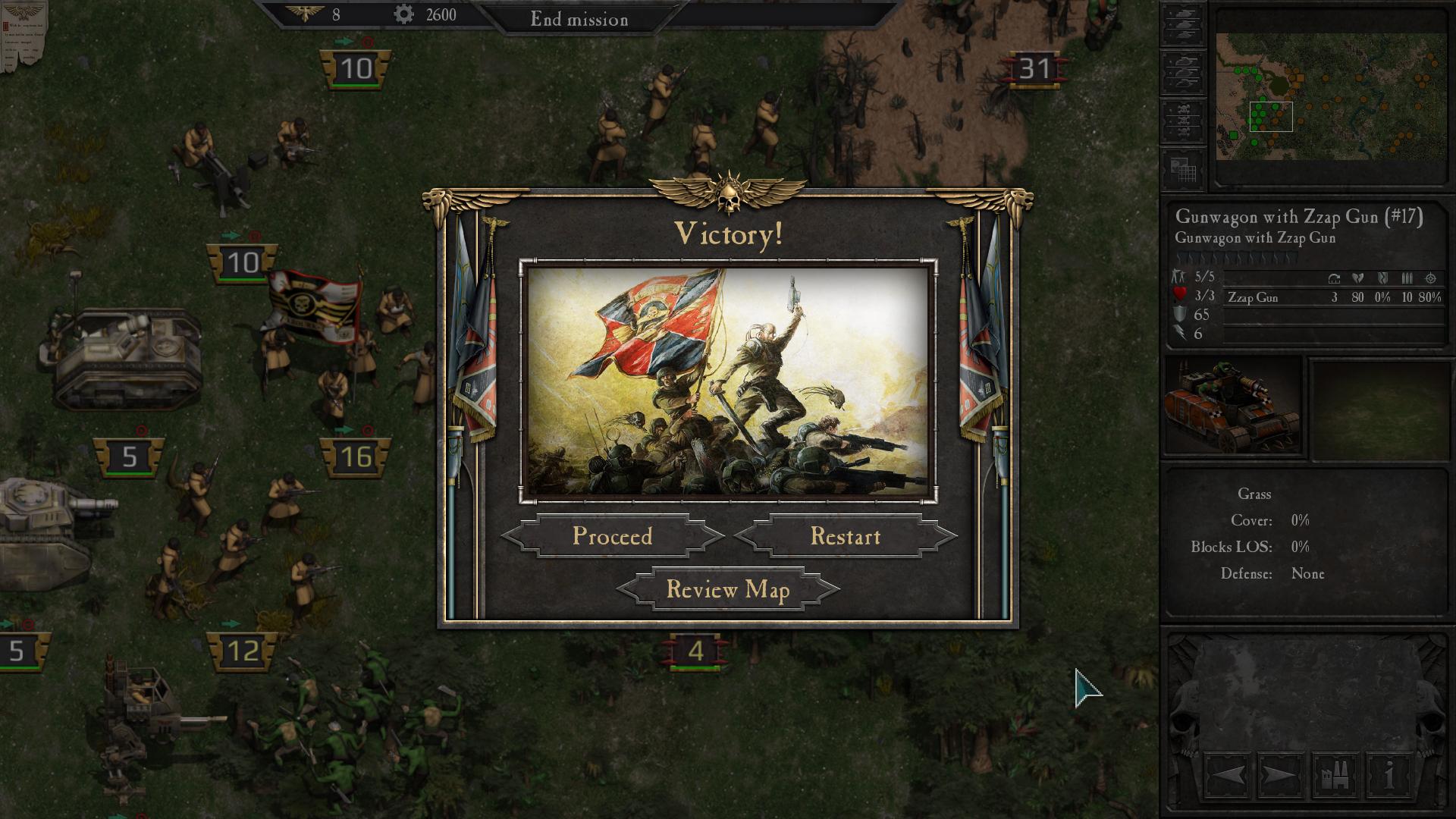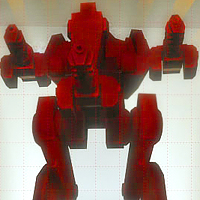
The convoy of ballasted ships was steaming into the teeth of a forty-knot gale. The spray stung his face, and Morris loved it.

We get tactile details, like the slight, steady vibrations of a periscope in a Commanding Officer’s hands, and the sublime image of a frigate in a storm, where violent action influences every phrase:

Pages of technical reporting placed in this or that character’s mouth, with cups of cheap coffee and fruit juice in hand (or cans of Coke), maps and newspapers and overstuffed ashtrays spread across the wardroom table. The scenes are short and move at a fast clip, so that this rapidly unfolding combinatory of officers and personnel, meeting rooms and command posts, is somehow irresistible. We meet a guilt-ridden frigate captain a twerpy Navy clerk turned guerilla fighter who gets the girl at the end a handful of Party apparatchiks a plucky Air Force Major named Amy “Buns” Nakamura who thinks to herself, “The Russians let women fly combat in World War II! A couple even made ace!” Red Storm Rising presents a mixture of stock characters and scenarios from older, pulpier westerns and war stories (including an indefensible rape and revenge sequence). In another one of history’s pranks, a neoconservative thriller may have had a hand in shaping the NATO framework and American national security policy - the rest is cold war lore. Ronald Reagan devoured the book in 1986, personally recommended it to Margaret Thatcher, and apparently kept the story in mind while negotiating with Gorbachev at the Reykjavik Summit that same year. The campaign in the Norwegian Sea, complete with air, surface, and submarine units, lent tactical authenticity to the battle sequences, most notably a chapter in which three aircraft carriers, two American and one French, are rained upon by Russian cruise missiles.
Red storm defense strategy simulator#
To some extent, Clancy worked with a procedure, using a maritime combat simulator game designed by Larry Bond called Harpoon. A false flag bombing of the Kremlin, a push into West Germany, and World War III kicks off. When terrorists blow up an oil complex in Azerbaijan, Moscow decides it’s time to smash NATO as a preliminary move before invading the Gulf states to avoid economic collapse. Published in 1986, Red Storm Rising imagines a conflict between the US-NATO alliance and the Warsaw Pact. So why did I read a Tom Clancy novel? Because it seems the world is turning into one. Progressive darlings take a break from social justice and anti-racism to post tweets with phrases like “our enemies abroad” and “hostile foreign power.” Meanwhile, President Trump and several Democratic candidates for the 2020 election are seriously taken by many to be Manchurian candidates. In August, Iran unveils a new surface to air missile system. In July, US forces jam and crash an Iranian drone. Also in June, Iranian forces shoot down a US drone. In June, National Security Advisor Bolton blames Iran for attacks on oil tankers in the Gulf of Oman. In May, Secretary of State Pompeo blames Iran for attacks on oil tankers in the Strait of Hormuz.

In April 2019, the US designates the Islamic Revolutionary Guard Corps a terrorist organization, an unprecedented move against a state body of a foreign government, while increasing pressure on China and India to buy less oil from Iran. The headlines this year portrayed a slow but disturbing escalation in the US-Iran oil conflict. But old things, old ideas, old political frameworks have a way of coming back. Literary merit aside, the military science is outdated, and the cold war order that informed his imagination in the 80s has given way to the war on terror.

There are good arguments against reading an early Tom Clancy novel today. This is a tongue-in-cheek piece I started writing in the summer and did not complete.


 0 kommentar(er)
0 kommentar(er)
